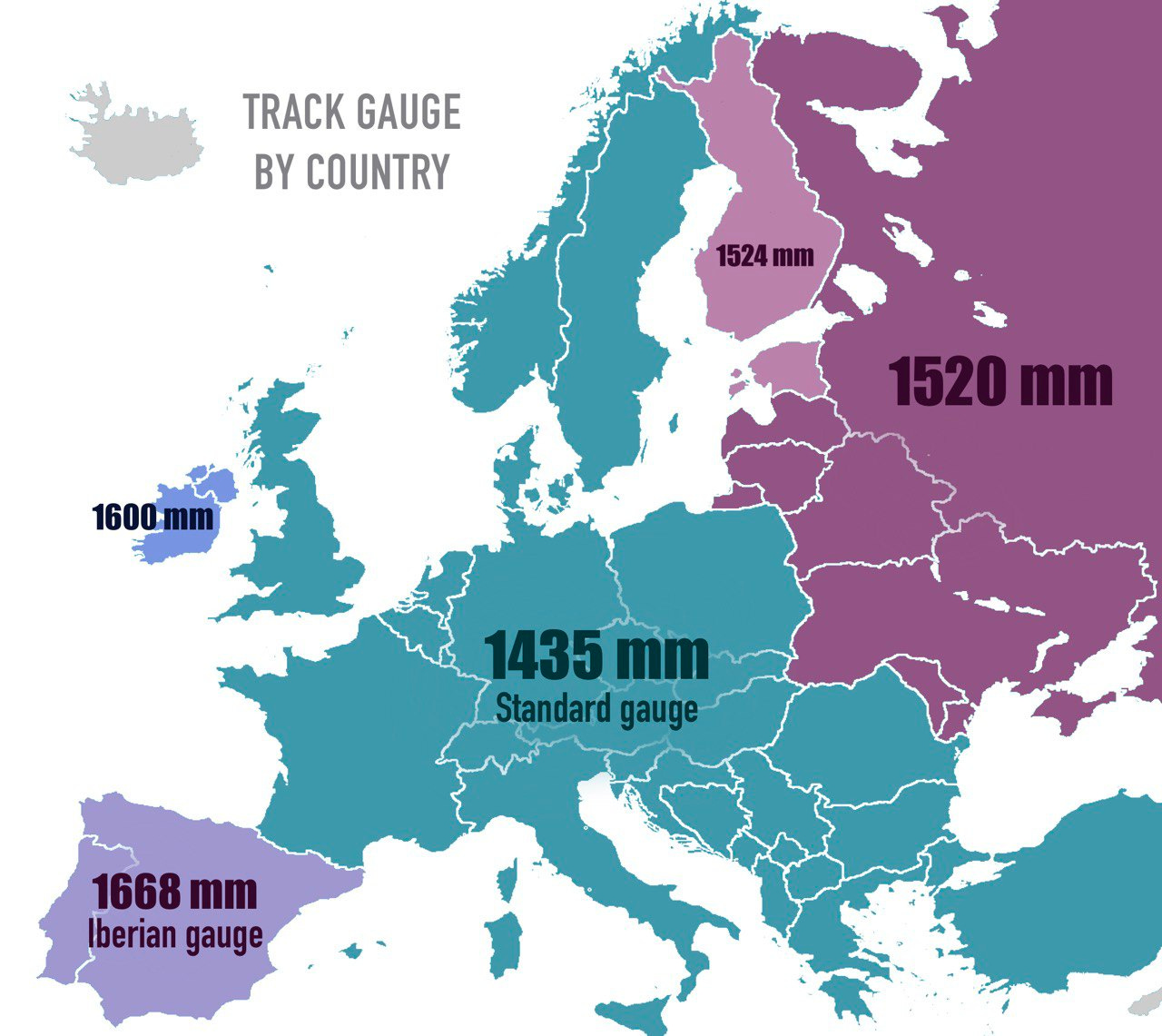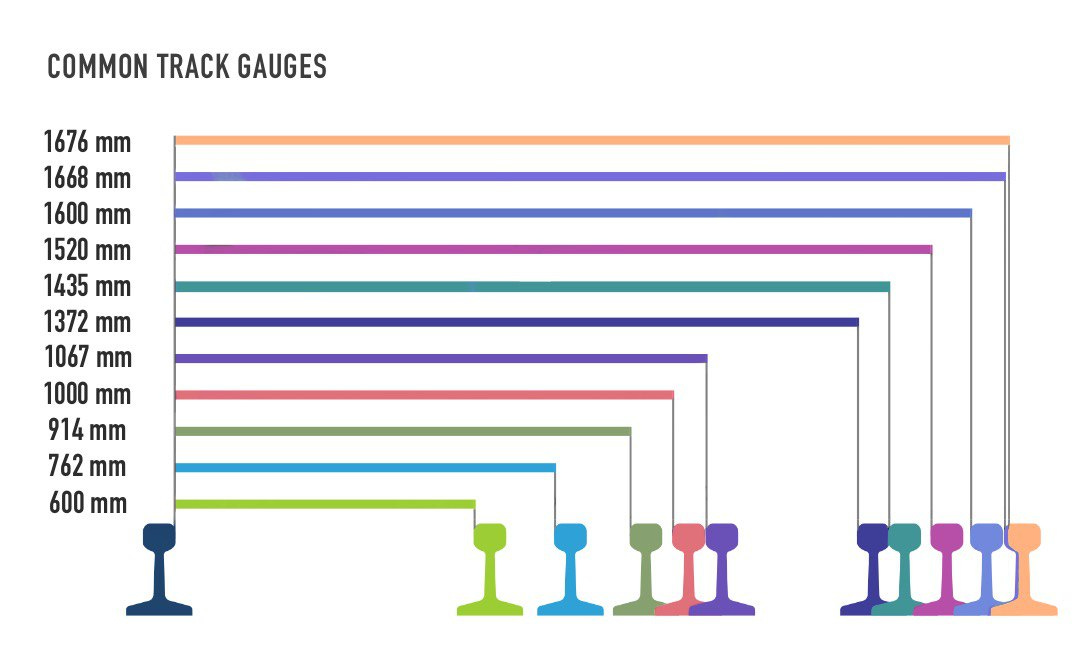“The tragedy of life is not that it ends too soon, but that we wait so long to begin it.” – W.M. Lewis
NEWS
Japanese Maglev Project to Miss Deadline
Japan's Central Japan Railway Company, also known as JR Central, has admitted that its plans to construct a high-speed magnetic levitation (maglev) line between Tokyo and Nagoya is unlikely to be completed in 2027 as scheduled. The Chuo Shinkansen maglev line, which aims to reduce journey times by more than half and achieve speeds of up to 500km/h (310mph), has faced challenges such as bid-rigging allegations and environmental resistance. The new president of JR Central, Shunsuke Niwa, has promised to make every effort to open the line "as early as possible." China is also developing its own superconducting maglev technology for high-speed transport systems.
Despite the delays the trains look incredible. Have a look here
Full story at The IET
Brothers Caught Stealing Railway Equipment in Greece
Two brothers in Greece are facing criminal charges, including endangering public safety, after allegedly stealing a metal railroad tie from a Hellenic Railways storage facility. The tie was later found in the back of their car. This type of theft is unfortunately not uncommon and is known to occur with other types of infrastructure. However, the theft of public transportation equipment has now become a felony in Greece since a deadly railway collision earlier this year. The collision resulted in the deaths of 57 people and sparked widespread protests and strikes over the country's railway system.
Read more at ekathimerini
Ukrainian Railways Re-Opens Disused Line to Moldova
In a bid to increase volume of export and transit transportation, Ukrainian Railways has dispatched its first cargo trains via the recently restored Berezyne-Basarabeasca cross-border railway line connecting southwestern Ukraine and southern Moldova. The new line links the Odesa region with ports positioned on the Danube River, allowing for easier water transport of cargo to other destinations. The rail link, which was in disuse for 25 years, has been ready since August 2022 after almost a year of refurbishment work. Ukrainian Railways expects to transport an additional four to ten million tons of cargo per year and invites businesses to use the new alternative route actively.
The reopening of the Berezyne-Basarabeasca railway is significant as it opens up a new alternative route for cargo transportation between the two countries and beyond. The revitalisation of this rail link is part of a broader effort by the two countries to improve their railway connections and boost economic ties. This can potentially lead to increased trade and economic development in the region.
Story Rail Freight
Model Railway Sells for £74,000 in Cockermouth
Think £74k is a lot to spend on a model railway? Well, this collection took years to create and cost more than £300,000 to the original owner. The lot was split up and sold individually, fetching £74,497 at Mitchell’s Auctioneers in Cockermouth. The collection was passed on to the auctioneers following the death of its collector and comprised hundreds of locomotives, carriages, and track, as well as railway memorabilia, including a red metal ‘Cockermouth’ sign which went for £4,500. The collection had been described as "significant", both for the auction house and the region. Auctioneers said the collection was of "national importance", with a great deal of attention going into recreating historically accurate scenes.
Learn more about at BBC
200 km/h Test Track in India
Indian Railways is constructing a 59 km high-speed test track for trains travelling at up to 220 km/h in Rajasthan. The track will include a main line, a high-speed loop, an accelerated testing loop and a curve testing loop. The facility will allow comprehensive testing facilities for rolling stocks and trains, as well as the study of rail-wheel interaction forces, stability, crash worthiness, and twist and yaw testing. The first phase of the test track will be completed by December 2023, with the second phase due for completion a year later. The track will also be used for testing Vande Bharat Express trains in the coming years.
Read More Times of India
TECH
Variable Gauge
“We shape our tools, and thereafter our tools shape us”* and so is the case with railway gauges. By the time the 1846 Railway Regulation Act set out to standardise track gauges for future projects, George Stevenson’s 1435 mm gauge was the most widely adopted in Britain and therefore became ‘Standard Gauge’. As an industry leader at the time the British gauge then influenced the convergence of Europe, which had also developed multiple gauge sizes, onto the ‘Standard Gauge’ system.
At the same time the Russians began developing their own vast network using a wider 1520 mm gauge and influenced the adoption of this gauge on Eastern Europe, creating strong trading ties for decades to come and somewhat isolating itself from the West.
On the other side of the continent the towering Pyrenees Mountain range, which divides the Iberian Peninsula from the rest of Europe also created a natural barrier to the standardisation of the railways and so Spain and Portugal use what is known as the ‘Iberian Gauge’ of 1668 mm. Despite the expected adoption of wider gauge railways at the time, the momentum was already with ‘Standard Gauge’, leaving Spain and Portugal on their own.
Ireland deserves an honourable mention for doing their own thing and Finland is also unique but interoperable with the Russian standard.
With the Russians and Eastern Europe on the whole quite happy with the technological barricade between itself and mainland Europe, it was Spain who found itself most handicapped by the economic issues created by network incompatibility and so in the 1960’s Talgo produced the Talgo-RD, a variable gauge axle system which allows trains to change gauge without needing to stop. The system works by fitting the locomotive with a variable gauge axle and rolling it across a gauge changer which either pushes the wheels apart or pushes them closer together. Click here to see an example in action.
Further developments to this axle have allowed it to be adapted for Freight trains such as the OGI system developed by Azvi, Tria and Ogi in collaboration with ADI. The previous solutions such as costly third rail installations, transshipments, and load transfers added complications, delays and extra charges to rail freight making it uncompetitive with other forms of shipping and thus driving the need for a technical solution.
The technology has been widely adopted across many continents as it allows older infrastructure to be kept operational without the enormous costs involved in building entirely new infrastructure. While most new rail projects are being built to ‘Standard Gauge’, there are still many regions and geographies which present reasons to maintain differing track gauges, even within countries who have otherwise adopted ‘Standard Gauge’ for decades. One example of this is the scenic GoldenPass Express in Switzerland which is one of the latest routes to implement a variable gauge and winds passengers through some of Europe’s most spectacular mountain views. The trains climb out of Montreux on the banks of Lake Geneva on a tight and twisting 1000mm gauge track, which reaches a maximum grade of 30 ‰, until it eventually arrives at Zweisman where it changes to operate on the standard gauge route to Interlaken. Not only does this system allow a variable gauge but it also the first train which adjusts the height of the car body to suit varying platform heights along the otherwise incompatible lines.
*Marshall McLuhan
Source (Frédéric de Kemmeter, Mediarail.be)
ECONOMY
Weekly Total US rail traffic down 11.2% YOY.
Commodities which posted a decrease were:
Grain down 17.1%
Chemicals down 10.3%
Coal down 5.6%
Commodities which showed an increase were
Petroleum and petroleum products up 5.8%
Metallic ores and metals up 2.6%
Motor vehicles and parts up 7.3%
Canadian railroads reported a weekly decrease of total carloads of 0.3% and down 21.9% compared with last year. In the first 14 weeks of 2023 traffic volume was up 0.9% YoY. Mexican railroads reported a decrease of 11.2% from last year but was also up for the first 14 weeks of 2023 by 2.4%.
As recession fears and credit card spending rise earnings season is failing to deter stock prices. Major banks reported larger than expected profits this week sending shares higher. The banks were expected to report decade low deposits but following the collapse of SVB and Signature Bank last month, the survivors may have benefited, short term, from a flock of new customers. Higher interest rates are allowing banks to charge customers more for loans but also put pressure on future growth. It is also common for business leaders to underplay expectations going into earnings season in anticipation of a satisfying earnings beat and resultant stock price jump.





